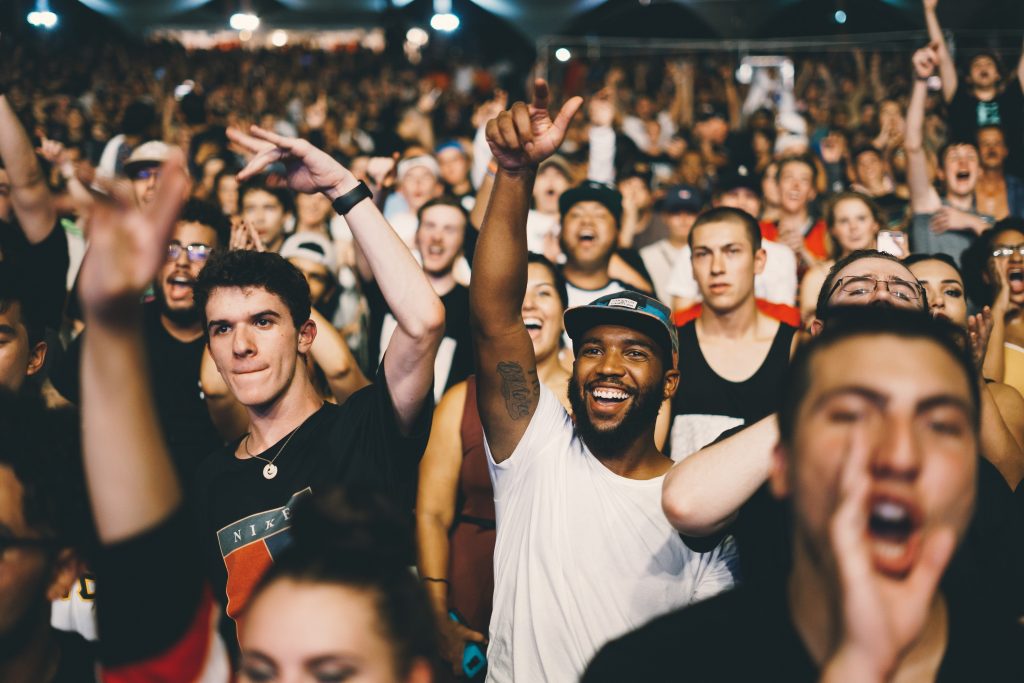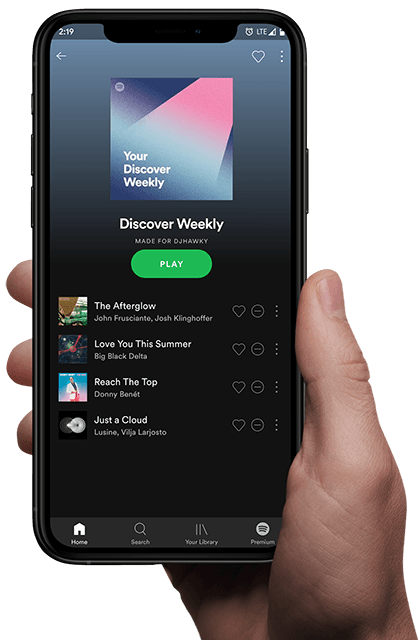 Building a strong and loyal fanbase is essential for musicians looking to succeed in the modern music industry. In an era of fierce competition and easy access to music, artists must employ strategic approaches to stand out and connect with their target audience. This blog post will delve into three influential books on the subject: “How To Make It in the New Music Business: Practical Tips on Building a Loyal Following and Making a Living as a Musician” by Ari Herstand, “Get More Fans: The DIY Guide to the New Music Business” by Jesse Cannon and Todd Thomas, and “Six-Figure Musician – How to Sell More Music, Get More People to Your Shows, and Make More Money in the Music Business” by David Hooper. By understanding the principles outlined in these books, musicians can effectively build a dedicated fanbase and thrive in the competitive music landscape.
Building a strong and loyal fanbase is essential for musicians looking to succeed in the modern music industry. In an era of fierce competition and easy access to music, artists must employ strategic approaches to stand out and connect with their target audience. This blog post will delve into three influential books on the subject: “How To Make It in the New Music Business: Practical Tips on Building a Loyal Following and Making a Living as a Musician” by Ari Herstand, “Get More Fans: The DIY Guide to the New Music Business” by Jesse Cannon and Todd Thomas, and “Six-Figure Musician – How to Sell More Music, Get More People to Your Shows, and Make More Money in the Music Business” by David Hooper. By understanding the principles outlined in these books, musicians can effectively build a dedicated fanbase and thrive in the competitive music landscape.
Establishing a Strong Brand Identity:
A crucial aspect of building a fanbase is developing a unique and authentic brand identity. According to Ari Herstand, artists must define their unique selling proposition (USP) and consistently convey their brand message across different platforms. This involves honing in on your artistic vision, identifying your target audience, and aligning your image, sound, and values with the desired fanbase. By establishing a clear and compelling brand identity, musicians can differentiate themselves from the competition and attract like-minded fans who resonate with their art.
Utilizing Social Media and Online Platforms:
In “Get More Fans,” Jesse Cannon and Todd Thomas emphasize the power of social media and online platforms in expanding an artist’s reach. It is vital for musicians to engage with their audience on platforms such as Facebook, Twitter, Instagram, and YouTube. Regularly posting captivating content, sharing behind-the-scenes glimpses, and interacting with fans can foster a sense of community and strengthen the bond between artists and their followers. By utilizing these platforms effectively, artists can leverage the potential for viral sharing and organic growth, reaching a broader audience and cultivating a loyal fanbase.
Building a Personal Connection:
David Hooper’s “Six-Figure Musician” stresses the significance of establishing a personal connection with fans. Going beyond the digital realm, musicians should strive to engage with their audience on a deeper level through live performances, meet-and-greets, and exclusive fan experiences. By making themselves accessible and showing genuine appreciation for their supporters, artists can forge meaningful connections that foster loyalty. When fans feel a personal connection with an artist, they are more likely to become enthusiastic advocates, spreading the word about their music and driving further engagement.
Leveraging Collaborations and Networking:
In an industry that thrives on collaboration, networking is a powerful tool for expanding a fanbase. Connecting with other musicians, industry professionals, and influencers can lead to mutually beneficial partnerships, joint performances, and cross-promotion. Building relationships and leveraging existing networks can expose artists’ music to new audiences and help grow their fanbase organically. By tapping into the collective reach and influence of their peers, musicians can expand their fanbase more effectively and increase their chances of success.
Harnessing the Power of Data and Analytics:
Understanding the audience and their preferences is crucial for effective fanbase building. Ari Herstand emphasizes the importance of utilizing data and analytics tools to gain insights into demographics, listening habits, and engagement patterns. This information can guide marketing strategies, content creation, and tour planning, allowing artists to tailor their efforts to meet their fans’ expectations and interests. By leveraging data and analytics, musicians can make informed decisions and optimize their fanbase-building efforts.
Building a strong and loyal fanbase is an ongoing process that requires dedication, authenticity, and strategic planning. By implementing the principles discussed in the books “How To Make It in the New Music Business,” “Get More Fans,” and “Six-Figure Musician,” musicians can cultivate a dedicated following that will support their journey and contribute to their long-term success in the music industry.
To further enhance fanbase-building efforts, consider leveraging the power of playlist promotion services like Playlist Streams. With its targeted promotion and industry connections, Playlist Streams can help artists reach a wider audience, increase their streams, and grow their fanbase. Visit http://www.playliststreams.com/pricing to explore the available options and supercharge your music career.
Remember, building a fanbase takes time and persistence, but by implementing these strategies and staying true to your artistic vision, you can cultivate a strong and loyal following that will support you on your musical journey.




















